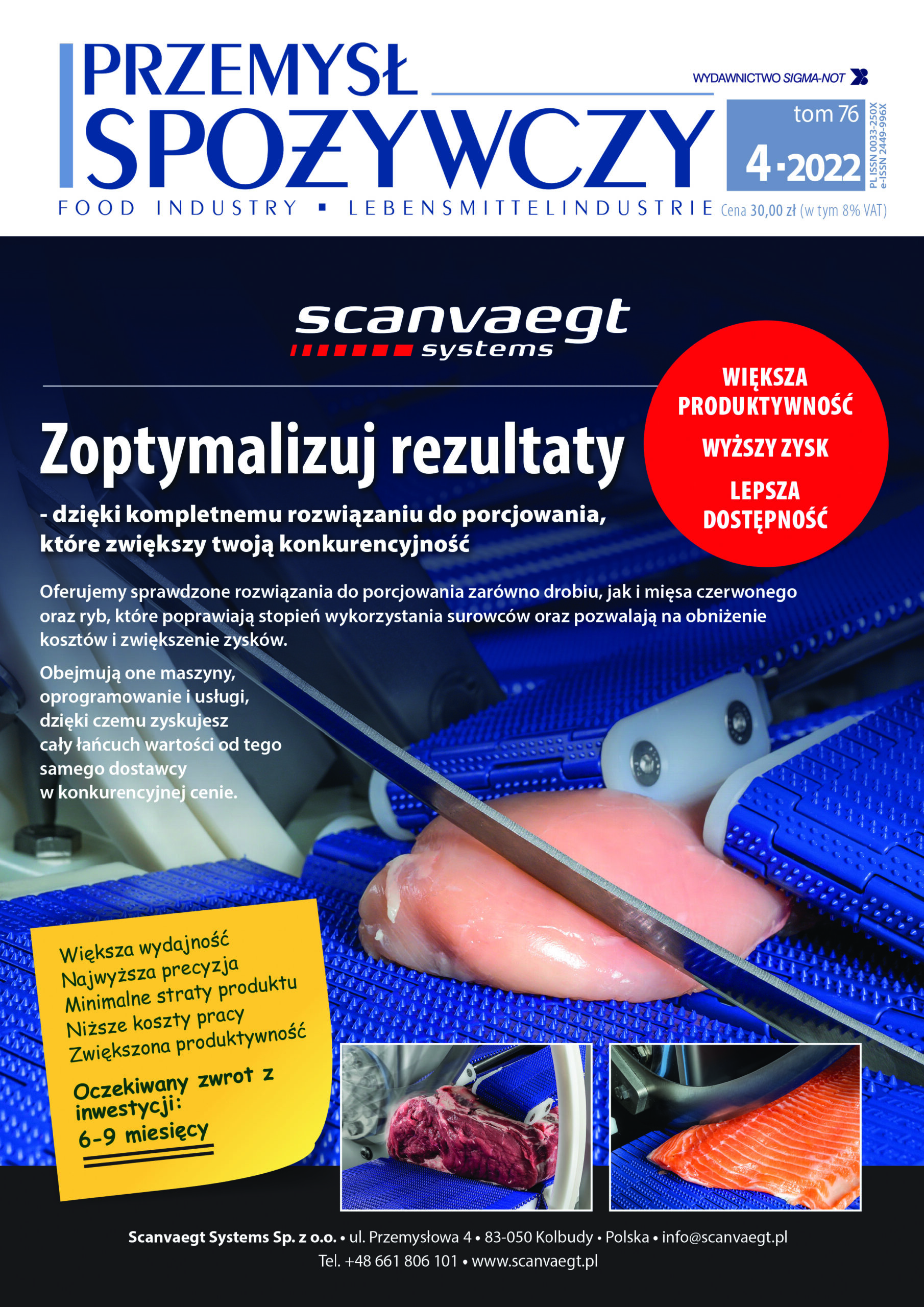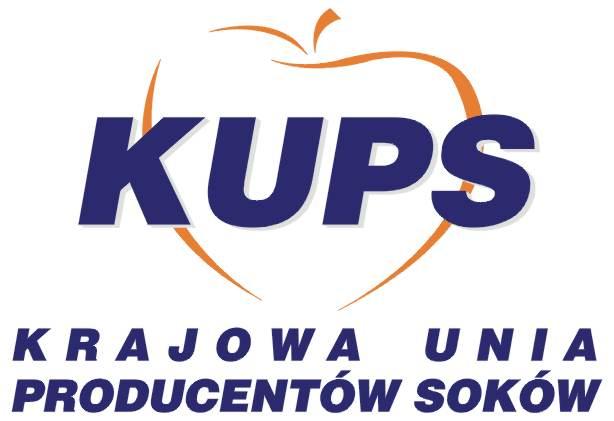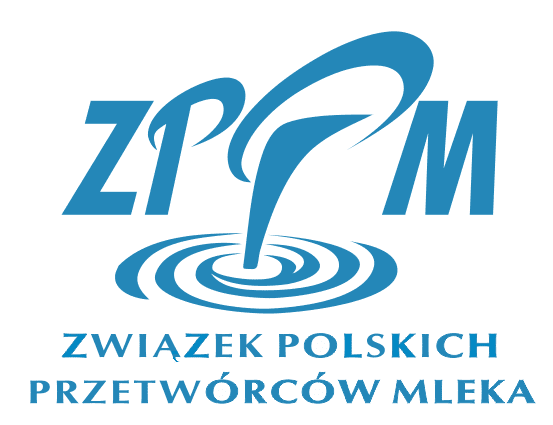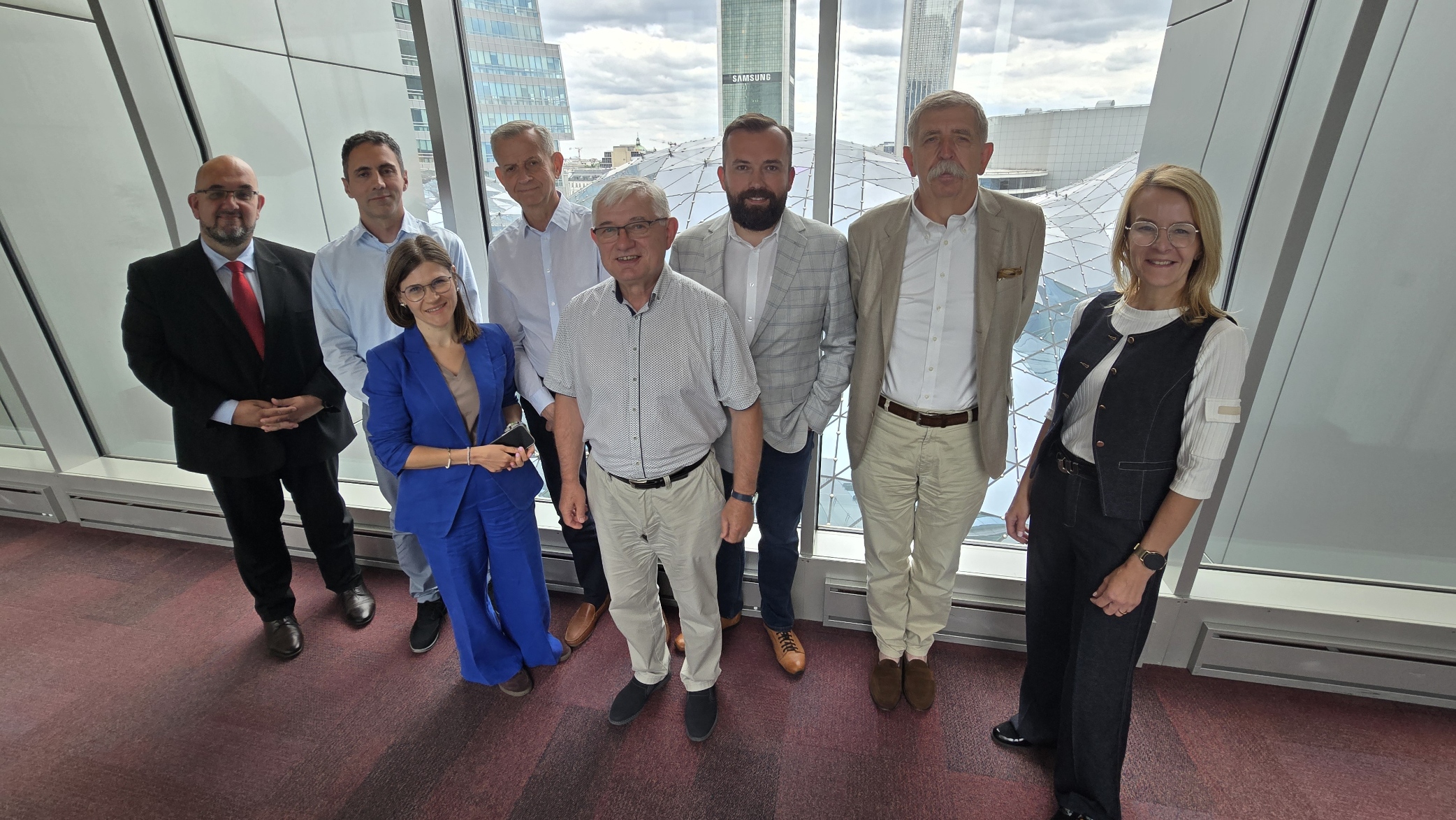ECONOMY
- The Red Meat and Poultry Sector in Poland During The COVID-19 Coronavirus Pandemic (DOI10.15199/65.2022.4.1)
Robert Mroczek 3
The article presents the assessment of the domestic red and poultry meat sector during the COVID-19 pandemic. According to the forecast of IAFE-NRI, meat production in Poland in 2021 amounted to approx. 5,200 thousand tonnes (in hot carcass weight) and was less than 1% lower than in 2020. The production of pork and beef could increase by 0.9 and 5.7%, respectively (to approx. 1,870 and 598 thousand tonnes), while the production of poultry decreased by approx. 3% and amounted to approx. 2,732 thousand tons (HCW).
The economic and financial results of the meat industry enterprises in Poland in 2020-2021 were among the best in recent years. However, the economic and financial situation of companies from the poultry industry deteriorated, especially in the first year of the pandemic, which was affected, among others, by avian influenza. There was no breakdown in the export of meat, and its lower sales in some quarters were a temporary phenomenon.
KEY WORDS: pandemic, meat production, meat industry, poultry industry
- Digitalization in Food Industry Enterprises in Poland – the Current Status and Future Prospects (DOI10.15199/65.2022.4.2)
Katarzyna Kosior 12
The article analyzes the state of advancement and prospects of digital transformation in food industry enterprises in Poland. The Eurostat’s Digital Intensity Index (DII) and the Siemens DIGI Index study results are used in the evaluation. The vast majority of food industry enterprises in Poland did not exceed the threshold of 3 points on the 12-point scale used by Eurostat to calculate DII (in recent years it was on average over 70% of enterprises employing 10 or more people). The low level of digitalization is also confirmed by the results of the DIGI Index for enterprises with 50 to 249 employees (both in 2020 and in 2021, the value of the index reached only 1.7). The conducted assessment also allows to conclude that the impact of the Covid-19 pandemic on the acceleration of digital changes in the sector was moderate. The current low level of advancement of digitalization in food industry enterprises in Poland may be alarming, especially in the context of growing market expectations regarding the contribution of food industry enterprises to building a sustainable, competitive and shock-resistant food economy , and resilient to shocks.
KEY WORDS: food industry, digitalization in enterprises, digital intensity index, DIGI index
TECHNICS-TECHNOLOGY
- The Innovative Mainbox Food Storage Device (DOI10.15199/65.2022.4.3)
Magdalena Wróbel-Jędrzejewska, Elżbieta Polak 21
The article presents research work on the design and construction of a prototype device (food parcel locker), consisting of small chambers (boxes) for cooling and freezing, providing temperature conditions (+5 °C or -18 °C), enabling storage of food. The results of verification of the innovative MainBox device in real conditions were characterized. Tests carried out with the use of a thermovision camera and temperature monitoring system in all chambers of cooling and freezing module are described. On the basis of the obtained results, the optimal working conditions of the device were determined.
KEY WORDS: cold chain, e-shopping, food parcel locker, food storage
- Characteristics Of Vacuum Pumps Used in The Food Industry (DOI10.15199/65.2022.4.4)
Piotr Cyklis 29
The article presents examples of vacuum pump applications in the food industry. The various designs of vacuum pumps are compared with their characteristic data . Hygienic requirements for compression devices were highlighted, specifically with regards to gas purity,. Selected applications of rotary liquid ring, vane, scroll, screw and double rotor pumps are presented. Design requirements to be met when designing a vacuum system in a food processing plant are summarised. An important element of the installation, apart from the pumps themselves, is the associated equipment, in particular dust filters, oil separators and de-emulsifiers. On the one hand, they ensure that the gas is clean, and on the other, they protect the pump from damage. When designing, it is important to take into account the pressure drop that occurs in these devices, therefore it is advisable to use good-quality devices.
KEY WORDS: vacuum pumps food processing applications
FOOD-FEEDING
- Functional Drinks Fortified with Magnesium (DOI10.15199/65.2022.4.5)
Monika Szymańska, Dorota Kręgiel 36
In the last decade, there has been a marked increase in interest in magnesium and its daily supplementation. This interest is justified, because magnesium is the fourth element in the human body in terms of content, showing a holistic effect on the functioning of the entire organism. Magnesium deficiency can not only cause anxiety, nervousness, anxiety and impatience, but also increase the excitability of the heart muscle and disrupt bone mineralization processes. Therefore, supplementing the diet with magnesium through or using fortified products, e.g. functional drinks, can be a convenient way to supplement the deficiencies of this element in the human body. The article reviews the literature on magnesium and its importance for the human body as well as issues related to the fortification of functional drinks.
KEY WORDS: magnesium, supplementation, fortification, functional beverages
- The Impact of The Sars-Cov-2 Pandemic on Students’ Perceptions of Slow Food (DOI10.15199/65.2022.4.6)
Anna Gramza-Michałowska, Dominika Chudziak, Anna Jędrusek-Golińska, Bartosz Kulczyński 41
The trend towards food that is convenient and quick to consume has resulted in the fact that consumer does not pay attention to the quality and nutritional value of the meal, and its main purpose is to satisfy hunger. Unfortunately, the last two years have forced a change in eating and social habits, which in a way triggered new trends or allowed to reach for the well-known ones that are currently experiencing a renaissance. One such trend is the idea of „Slow Food”. The period of pandemic led to an unexpected and rapid change in people’s behavior, causing sudden changes, ranging from stationary to remote work, to a new model of grocery shopping and social contacts. Such large changes in the way of functioning affected many social aspects, so it was decided to check how the pandemic affected eating habits and the perception of the „Slow Food” movement among Polish students.
The results of the study confirmed a significant impact of the SARS-CoV-2 pandemic on changing students’ eating habits, especially the change in the students’ work and study habits. Moreover, it was confirmed that the idea of „Slow Food” is not well known among students of Polish universities, with a small group of respondents knowing what the aims of the organization, are and what the flagship project „Ark of Taste” does.
KEY WORDS: Slow Food, Ark of Taste, sustainable food production, pandemic, SARS-CoV-2, eating habits, students




